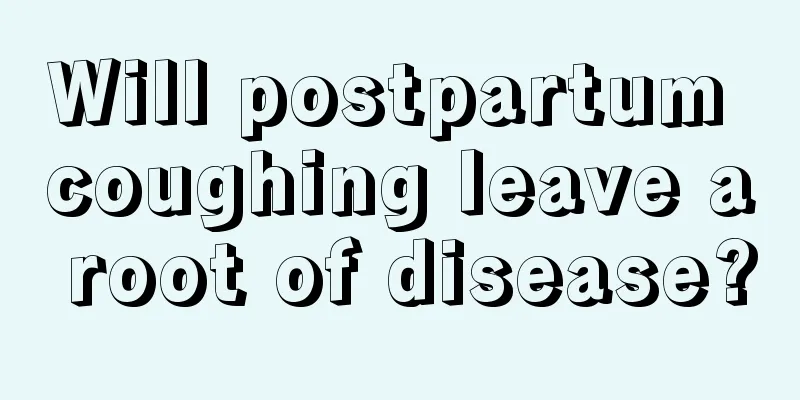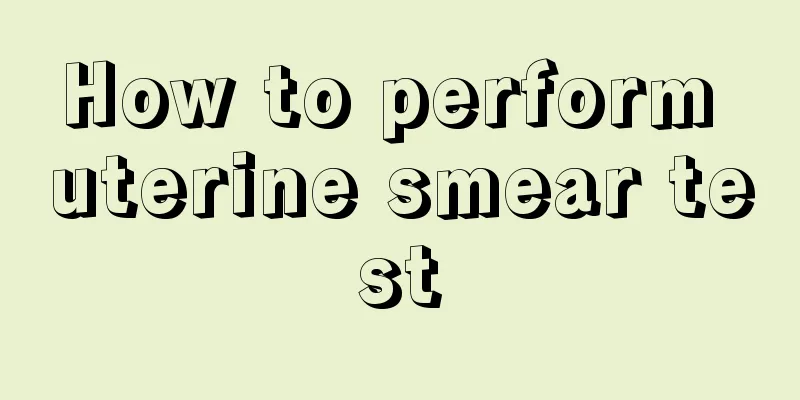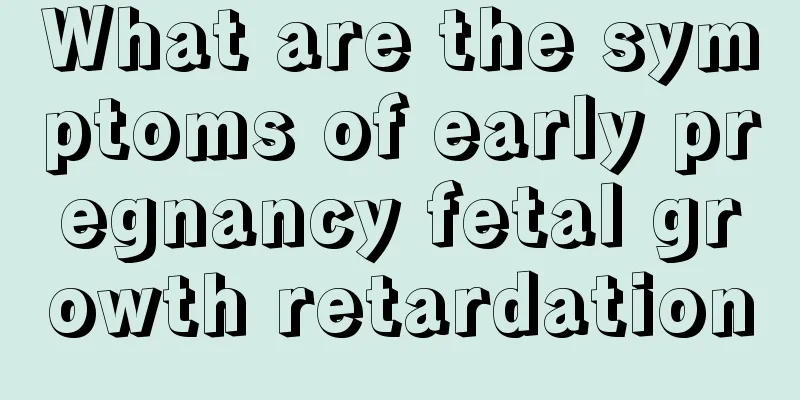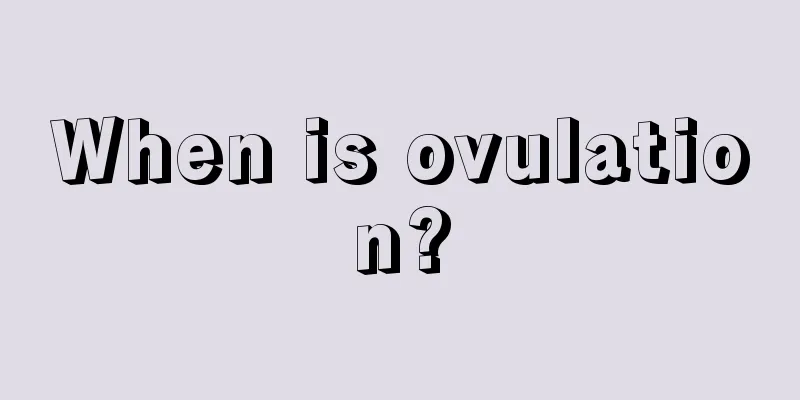Is it necessary to remove the uterus for uterine fibroids?
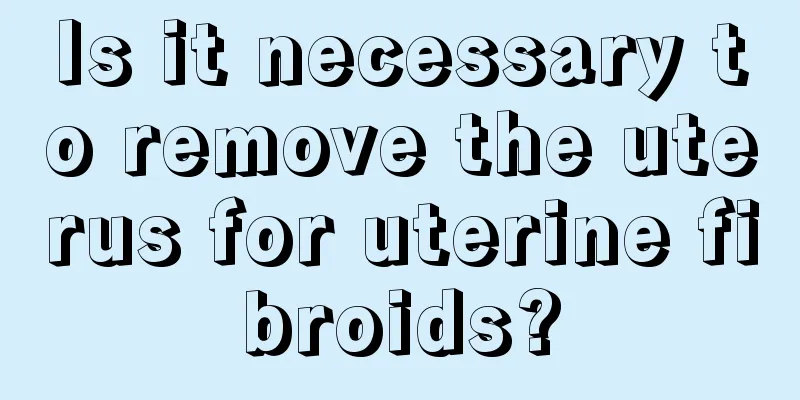
|
Whether uterine fibroids should be removed actually depends on the severity of the patient's condition. If the condition is serious, then the uterus needs to be removed to prevent the possibility of malignant transformation. However, if the fibroids are relatively small and the impact is relatively small, conservative treatment methods can be adopted. In severe cases, the pathogen needs to be removed to prevent malignant metastasis. Surgical treatment of uterine fibroids includes myomectomy and hysterectomy, which can be performed abdominally or vaginally, or endoscopically (hysteroscopy or laparoscopy). The choice of surgical procedure and approach depends on factors such as the patient's age, whether or not they have fertility requirements, the size and location of the fibroids, and medical technology conditions. (1) Myomectomy is a surgery to remove uterine fibroids while preserving the uterus. It is mainly used for young women under 40 years old who wish to retain their fertility. It is suitable for patients with larger fibroids, heavy menstruation, compression symptoms, infertility due to fibroids, submucosal fibroids, and fast-growing fibroids without malignant transformation. (2) Hysterectomy is recommended for patients with obvious symptoms, those with malignant fibroids, and those who have no fertility requirements. Hysterectomy can be performed with total hysterectomy or subtotal hysterectomy. For older women, total hysterectomy is more appropriate. The possibility of cervical malignancy must be excluded before surgery. (3) Uterine artery embolization uses radiological intervention to directly insert an arterial catheter into the uterine artery and inject permanent embolic particles to block the blood supply to the uterine fibroids, thereby causing the fibroids to shrink or even disappear. UAE is currently mainly suitable for uterine fibroids with symptoms such as abnormal uterine bleeding leading to anemia. Caution should be exercised when choosing interventional treatment for uterine fibroids, especially for those with uncontrolled pelvic inflammation, those who wish to retain their fertility, those with arteriosclerosis, and those who have contraindications to angiography, which should be listed as contraindications to this treatment. 5% of patients may experience premature ovarian failure after surgery, and there are also rare reports of pelvic infections. |
<<: What surgery is best for uterine fibroids?
>>: What is the cause of female kidney cysts?
Recommend
What to do if a girl bleeds from her lower body
If a woman experiences vaginal bleeding outside o...
How big does a uterine fibroid need to be to require surgery? This is what the experts say
Many people believe that surgery is necessary if ...
Don't underestimate high blood pressure. Coronary heart disease, a complication of high blood pressure, can be serious and even fatal.
Hypertension, as a chronic disease, endangers our...
What are the early symptoms of HPV in women
HPV virus is very common in women, and this virus...
What is the pregnancy rate of a double uterus?
I believe that many people are not very familiar ...
Solutions to women's qi and blood deficiency
To determine whether a person has a problem of qi...
Irradiated food contains nuclear radiation and cannot be eaten?
This is not the case. Nuclear radiation, also kno...
Having sex when your period is about to end
When men and women have sex, some feel that weari...
A picture of a woman with a mole on her right thigh
Everyone has moles on their bodies, so what do mo...
Causes of high follicle stimulating hormone
The hormone that stimulates the conversion of egg...
Why can't women sleep at night?
A woman's body is not only important to herse...
Can I eat vegetables during menstruation?
Green vegetables should be very familiar to every...
Yogurt, vinegar, honey water, do these hangover remedies really work? | Science Gallery
The Spring Festival is the most important traditi...
Folk remedies for treating melasma: both sun protection and sun protection
According to experts, among the many pigmentation...





